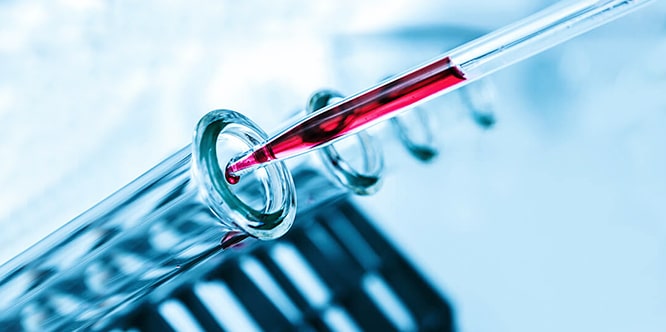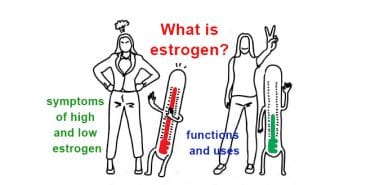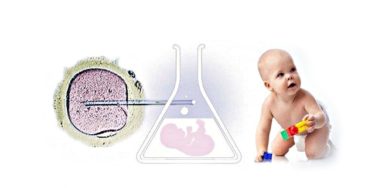“Women may still get pregnant in the early menopause period”, said Gynecology and Obstetrics Specialist, Professor Bülent Traş, and stated that the success rates have increased considerably with the PRP method, which is now being used together with IVF treatment. Professor Dr. Bülent Traş answered our questions about PRP application in early menopause. Infertilit couples, who can’t have babies naturally, apply for IVF. IVF gives very successful results for those with infertility problems. In the in vitro fertilization treatment, reproductive cells are taken from men and women and fertilized in the laboratory. The resulting embryo is transferred to the uterus of the woman.
12 days after embryo transfer, the woman is tested for blood and whether she is pregnant or not. Classical IVF treatment in this way gives very successful results. But if woman has problems with the uterus or ovaries, extra treatment is also applied. PRP (platelet rich plasma) is one of these terapy methods.
What is PRP (plateler rich plasma) therapy?
A small blood sample is taken from the patient being treated and put into a centrifuge or other specialized device that spins at high speed. This process separates platelets from other blood components. The concentration of platelets is injected into the area of the patient’s body that needs to be treated.
Because injection contains a high concentration of platelets, which can be nearly 10 times more than the untreated blood, doctors theorize that the platelets will speed up healing.
The main objective of PRP treatment is to stimulate growth of the growth elements contained in the enriched plaques, to stimulate and grow stable stem cells present in the ovaries. In this way, the stem cells in the ovaries can be turned into egg cells for pregnancy. This procedure makes it possible to achieve success both in women with decreased ovarian reserve and in menopausal patients.
How works PRP in IVF?
PRP is used in the treatment of IVF for thickening of the cervix and improving egg quality. If the uterine membrane does not thicken enough, the embryo cannot hold onto the uterus and pregnancy will not occur. At the same time if the woman’s egg reserve is not enough, pregnancy does not occur. In order to increase the chance of pregnancy in women who fail the first IVF treatment, PRP terapy can increase the chance of success.
Experts, PRP terapy during IVF treatment, if the uterine membrane thickening is provided 61 percent of the pregnancy rate is increased if they say.
Who is required for prp terapy in IVF?
- She has already tried IVF and failed,
- It has been found that the cervix does not thicken enough,
- No serious problem in the ovaries,
- Usually older and ovarian reserves considerably reduced,
- Suitable for women who are in the period of menopause, but intended to restart ovarian function.
When can PRP terapy be performed?
In couples that are planned to receive prp terapy, PRP may be administered at any time in patients diagnosed as early menopause, whose ovarian depots tend to be depleted rapidly earlier than their peers, and at any time after menstrual end in patients whose ovarian depots tend to decrease.
How long does PRP terapy last?
The effect has been observed in the last 3 -4 months following the PRP terrapy so far. However, since PRP is a new procedure, it may not be easy to predict the long-term effect of the treatment.




